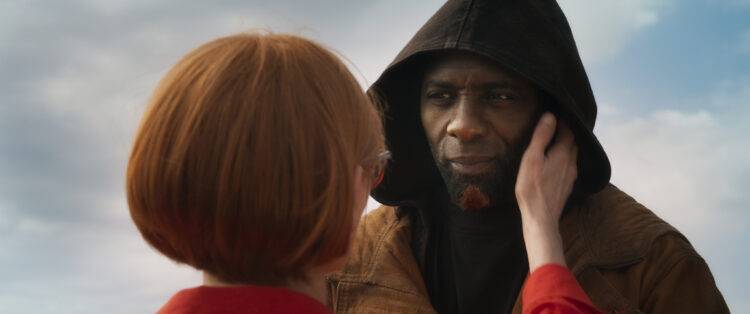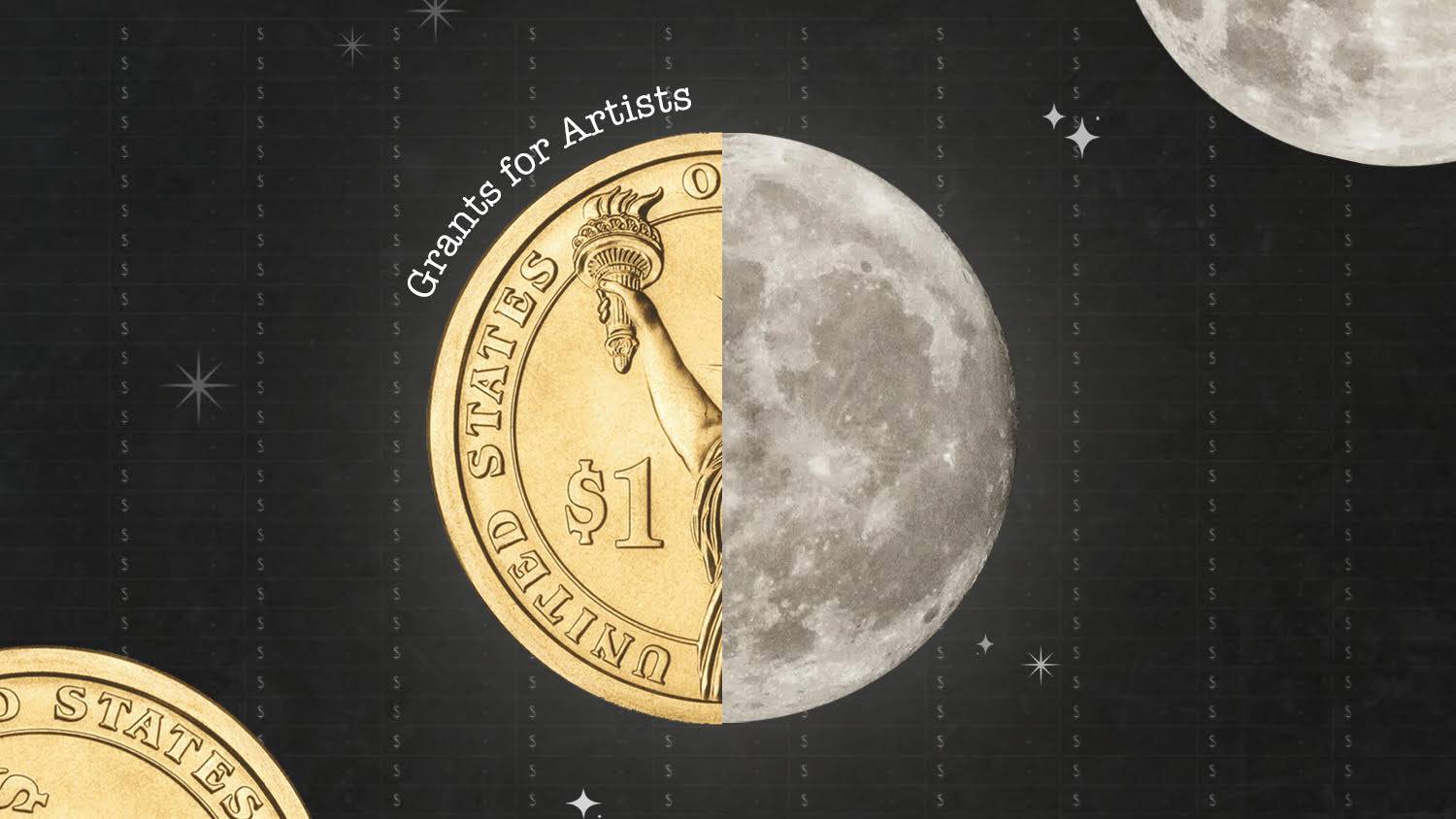
My favorite piece of movie trivia is that George Miller, the mind behind the desolate Australian apocalyptic wastelands of “Mad Max” was also the mind behind one of mankind’s most enduring questions: What if penguins wanted to dance? Miller, not satisfied by the carnage of the road warrior laying waste to automobiles, motorbikes, and bikers alike then went on to ask: What if Babe came back, but this time, was not just some rural pig, but instead, became a Pig in the City? But still he wasn’t done. For he had one more question in his back pocket. A burning, yearning quest for knowledge, a desire to understand contradiction and implausibility. One more question. What if … this time … the penguins didn’t want to dance?
George Miller is an eccentric filmmaker through and through with one of the most eclectic filmographies of any working director. Looking at his oeuvre, it’s tempting to wonder where his new film, “Three Thousand Years of Longing,” falls on the spectrum. Does it veer towards his hyper-violent tendencies? Or is it something sweeter, more family-friendly?
Turns out, it’s a third point entirely. Because “Three Thousand Years of Longing,” even for a filmmaker as odd as Miller, is a weird, weird movie. It’s primarily a story told through flashbacks, as two characters sit in a hotel room and share their life stories. That may sound fairly mundane, except one character is a Djinn, trapped for three thousand years (hence the title), and the other is a narratologist, a professor of myth and legend. Therein lies the weirdness.
These flashbacks vary from stories of an ex-husband’s infidelity to an emperor’s brother’s massive harem of giant women. At times, it seems like Miller is crafting an epic poem, probably because he actually is pulling from some, with tales of palace intrigue, forbidden love, royal betrayal. And at other times, he is concerned with the mundane, the tapping of a shoe, bickering between neighbors, or the diverse calefare of modern London.
Every single frame of this film is meticulously planned, shot in such inventive ways to propel the story forward. Miller is a master of visual storytelling; it’s not just what is happening on screen but how we’re seeing it. Almost every shot in the film is exciting, not just on a level of aesthetic delight, but as a display of craft. The shots within the Djinn’s fables are majestic, whether we’re following the POV of an intangible spirit, or in a grand hall watching King Solomon play his multi-limbed guitar to a beastial audience. But Miller does not rely on fantastical elements for intrigue. The transitions within the more tedious modern-day world are just as electrifying, cutting between an airplane landing to the rickety wheels of a baggage trolley, from the sounds of a clapping audience to a vendor hawking a clicking toy. It’s a monument to Miller’s diverse style and interests: neither half of the story feels less than the other, because he gives each of them the attention and detail they deserve, as he has been giving every story of his career.
But that same creativity doesn’t always lead to shining moments. There’s an odd fixation on obesity in one of the tales that toes the line between being fatphobic and body-positive, before it becomes very clear it’s the former. It’s a surprising misstep in a film that otherwise appears to be very careful with its representation, and honoring the cultures it represents.
Outside of that particular scene, the first eighty or so minutes of “Three Thousand Years of Longing” is a director working at the top of his game, insisting on making every shot vital and interesting, where spectacle and narrative are intertwined. It almost feels as if Miller heard someone say that a conversation in a hotel room can’t be interesting and decided he was going to prove them very, very wrong.
Perhaps Miller’s creative juices ran out when the film leaves the hotel room behind in the third act. Up till then, the story felt so tightly wound, full of momentum and drive. But the openness outside of the hotel, beyond the narrow confines of a conversation between two strangers mythic or otherwise, becomes too broad. The film’s pace greatly suffers for this move.Though scenes remain visually interesting, narratively, they slump along. This isn’t helped by some questionable directorial choices when transitioning between scenes; most scenes outside of the hotel cut to black, leaving me confused if the film had ended. Then another scene would begin, and I would wonder what happened to the verve of the film’s first hour, before this scene too would cut to black and have me left in the dark.
Part of my disenchantment with the final act is due to the characters’ choices that led us there. If I had to describe it in a word, it would be ‘sappy.’ That’s not necessarily a criticism. But it does necessitate a level of buy-in from the audience: you either are going to be onboard with that character’s choice and continue to be swept away by the film’s visual splendor, or you’re going to feel like the movie has left you behind. I belonged in the latter camp, and I don’t think I ever quite caught up.
Sentimentality is not a bad thing, especially as more and more mainstream films’ narratives lean on rigid rationality, as opposed to ethereal feeling. That’s part of what makes “Three Thousand Years of Longing” a special cinematic experience, even with its flaws. It’s from a director who loves stories, who loves movies, who loves love, and is willing to put it all on the line, even if it’s an uneven final piece. It’s the kind of boldness that’s largely been missing in cinemas, the phenomenal “Everything Everywhere All At Once” being one of few exceptions. And like that film, “Three Thousand Years of Longing” doesn’t talk down to its audience, it asks them to come along, to keep up. Some people are going to drop along the wayside. But that’s to be expected with any project with real ambition. And more than anything, it has me excited for what Miller makes next.
Myle Yan Tay (MFAW 2023) cares a lot about movies and comic books. One day, maybe they will care about him. Find more of his writing at www.myleyantay.com.







